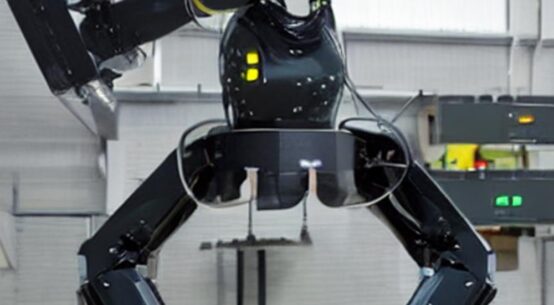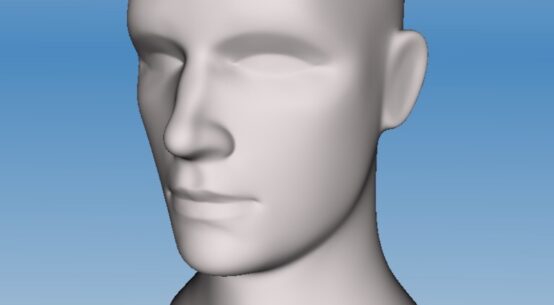Trademark Infringement Judgment | Technology | Business
Introduction: Digital Media and AI
In a landmark legal showdown that many in the creative industries and AI sector were closely watching, Getty Images has come up short in its high-stakes lawsuit against Stability AI in the UK. While the London High Court acknowledged a limited trademark infringement victory, the broader copyright claims brought by Getty Images were dismissed or substantially narrowed. (Reuters)
The ruling raises critical questions about how copyright and intellectual property laws apply to generative AI tools — especially when the training of the models occurs across jurisdictions and the line between “use” and “re-creation” of copyrighted works remains blurred.
Case Background: What Was Alleged
Getty Images, a major global player in stock photography and editorial imagery, brought the suit in the UK alleging that Stability AI’s image-generation model, Stable Diffusion, used Getty’s images in its training data and in generating new images without licensing or consent. Getty’s key claims included:
- Direct copyright infringement — that Getty’s copyrighted images were used to train the model and were reproduced in the model’s output. (TradingView)
- Secondary copyright infringement — that Stability imported into the UK an “infringing article” (i.e., the trained AI model) and thereby breached UK copyright law. (Investing.com)
- Trademark infringement — that Getty’s watermarks and trademarks appeared within output from Stable Diffusion, implying unauthorised use of its brand. (Reuters)
However, during the trial Getty dropped its direct copyright claim mid-trial citing insufficient evidence, particularly around where the model training took place (much of it outside the UK). (TechCrunch)
The High Court’s Ruling and Its Scope
Judge Joanna Smith ruled that Getty had succeeded only in part:
- In favour of Getty on trademark infringement: the court found that some of the generator’s output did reproduce Getty’s watermarks, thereby supporting a finding of trademark infringement. (Reuters)
- The court dismissed the secondary copyright infringement claims. (Reuters)
- The direct copyright claim was abandoned and therefore not adjudicated. (Law360)
The ruling was described by the judge as “historic and extremely limited in scope.” (Reuters)
Legal Implications: What This Means for AI and IP
1. Jurisdiction and Training Location Matter
One of the core hurdles for Getty was proving that the alleged infringement occurred in the UK. With much of Stable Diffusion’s training happening on U.S. servers, the link to UK copyright law was weakened. (Business Standard)
2. Output vs Training Distinction
Even if training on copyrighted works is shown, establishing that the output of the AI reproduces a “substantial part” of an original work sufficient for copyright infringement remains a high bar. Getty’s decision to drop the direct copyright claim suggests the evidentiary burdens remain significant. (TechCrunch)
3. Trademark Issues Are More Navigable
The fact that Getty secured a trademark win suggests that claims around brand-marks or watermarks may offer a clearer path for creators/rights-holders than the more complex copyright claims in the AI context.
4. Precedent Is Mixed
While the decision is significant, its narrow scope limits how widely it can be applied as precedent. The court did not grant a broad ruling that generative AI training always breaches copyright; rather, the judgment focused on specific facts and trademark issues.
Industry and Strategic Impact
For rights-holders (photographers, agencies, illustrators) this ruling may dampen hopes of a sweeping win against AI training practices at least in the UK context. The decision underscores that while pushing forward litigation may be part of the strategy, outcomes are far from certain and hinge heavily on jurisdictional, evidentiary and technical factors.
For AI developers and service providers, the ruling offers a degree of clarity it does not signal an immediate or universal liability for training on copyrighted works, provided the chain of use and output is structured carefully. Nonetheless, the trademark win signals that organisations must still be vigilant about inadvertently reproducing identifiable marks or brand assets.
For Europe and the UK government, as well as policy-makers, the case may spur regulatory attention on generative AI and data-training practices with the law still catching up to technical realities.
Conclusion: A Partial Victory with Cautionary Lessons
The Getty Images vs Stability AI verdict shows that generative AI cases are not straightforward. Getty was unable to secure the broad copyright victory it sought, but did achieve a narrow trademark ruling. This outcome illustrates the legal complexity at the intersection of creative rights and AI-driven innovation.
As generative AI proliferates, both sides of the industry including rights-holders and AI developers will need to navigate a landscape where precedent is nascent, risks are real, and strategic choices (including where to bring litigation and what claims to pursue) will likely determine outcomes as much as the law itself.
For now, this ruling may be a setback for Getty, but it also provides a roadmap of what to watch and what to do differently next time around.






